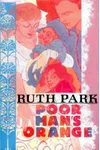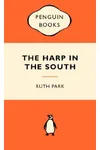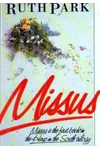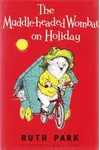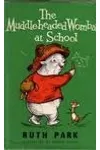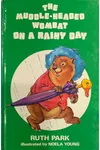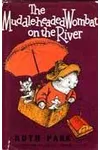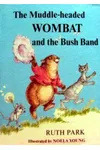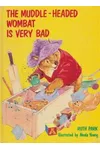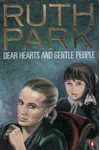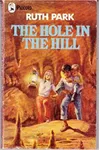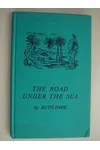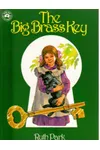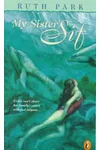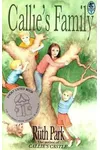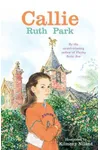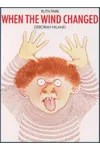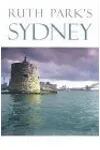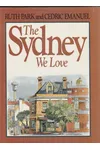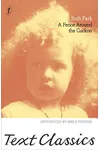Picture a New Zealand-born storyteller who painted Sydney’s gritty slums and time-traveling teens with equal brilliance—meet Ruth Park! Her novels, like the controversial The Harp in the South and the beloved Playing Beatie Bow, captured the heart of Australia’s underdog spirit. With a knack for blending raw human struggles with vivid historical settings, Park became a literary icon whose stories still resonate.
Born in Auckland in 1917, Park’s life was a tapestry of resilience and reinvention, shaped by the Great Depression and a trans-Tasman journey that fueled her unforgettable narratives. Let’s dive into the world of this award-winning author who gave voice to the overlooked.
The Making of Ruth Park
Ruth Park, born Rosina Ruth Lucia Park on August 24, 1917, grew up in New Zealand’s North Island, moving from Auckland to the remote town of Te Kūiti. Her working-class father toiled through the Depression, from bush roads to sawmills, instilling in Park a deep empathy for the struggling. With limited access to books, she devoured newspapers and honed her storytelling instincts early. After a Catholic education and a stint at the Auckland Star, Park moved to Sydney in 1942, marrying Australian writer D’Arcy Niland. This marked the start of her prolific career, fueled by a passion for capturing the human condition.
Ruth Park’s Unforgettable Stories
Park’s debut, The Harp in the South (1948), was a literary thunderbolt. Winning the Sydney Morning Herald’s novel competition, it depicted the Irish-Australian Darcy family navigating Sydney’s Surry Hills slums. Its raw portrayal of poverty and domestic life sparked outrage but became a bestseller, translated into 37 languages. The sequel, Poor Man’s Orange (1949), and prequel Missus (1985), continued the Darcy saga, cementing Park’s knack for gritty realism.
For younger readers, Playing Beatie Bow (1980) is a time-travel gem. Teen Abigail Kirk is whisked to 1873 Sydney, unraveling family secrets in The Rocks. Its blend of history, fantasy, and adolescent angst won the Australian Children’s Book of the Year Award and inspired a 1986 film. Park’s children’s series The Muddle-Headed Wombat (1962–1982), born from a 1951 radio serial, charmed generations with its quirky Australian humor. Her 1977 novel Swords and Crowns and Rings, a Depression-era tale of resilience, clinched the prestigious Miles Franklin Award.
Park’s style was vivid yet accessible, weaving social commentary with heartfelt characters. Her settings—Sydney’s slums, colonial Rocks, or New Zealand’s Maori lands—felt alive, reflecting her trans-Tasman identity and sharp observational eye.
Why Ruth Park Matters
Ruth Park’s legacy lies in her fearless storytelling. She shone a light on marginalized voices—slum-dwellers, Indigenous communities, and restless teens—challenging Australia’s polished self-image. Her works, still in print, inspire readers to confront social inequalities with empathy. Park’s numerous accolades, including the Order of Australia (1987) and an Honorary Doctor of Letters (1994), reflect her cultural impact. Her ability to bridge adult and children’s literature made her a household name, especially in Australia, where her stories remain classroom staples.
- Born: August 24, 1917, Auckland, New Zealand
- Key Works: The Harp in the South, Playing Beatie Bow, The Muddle-Headed Wombat
- Awards: Miles Franklin Award (1977), Australian Children’s Book of the Year (1981), Order of Australia (1987)
- Died: December 14, 2010, Sydney, Australia
Snag Playing Beatie Bow or The Harp in the South and dive into Ruth Park’s vibrant, heart-stirring world of Australian stories!
